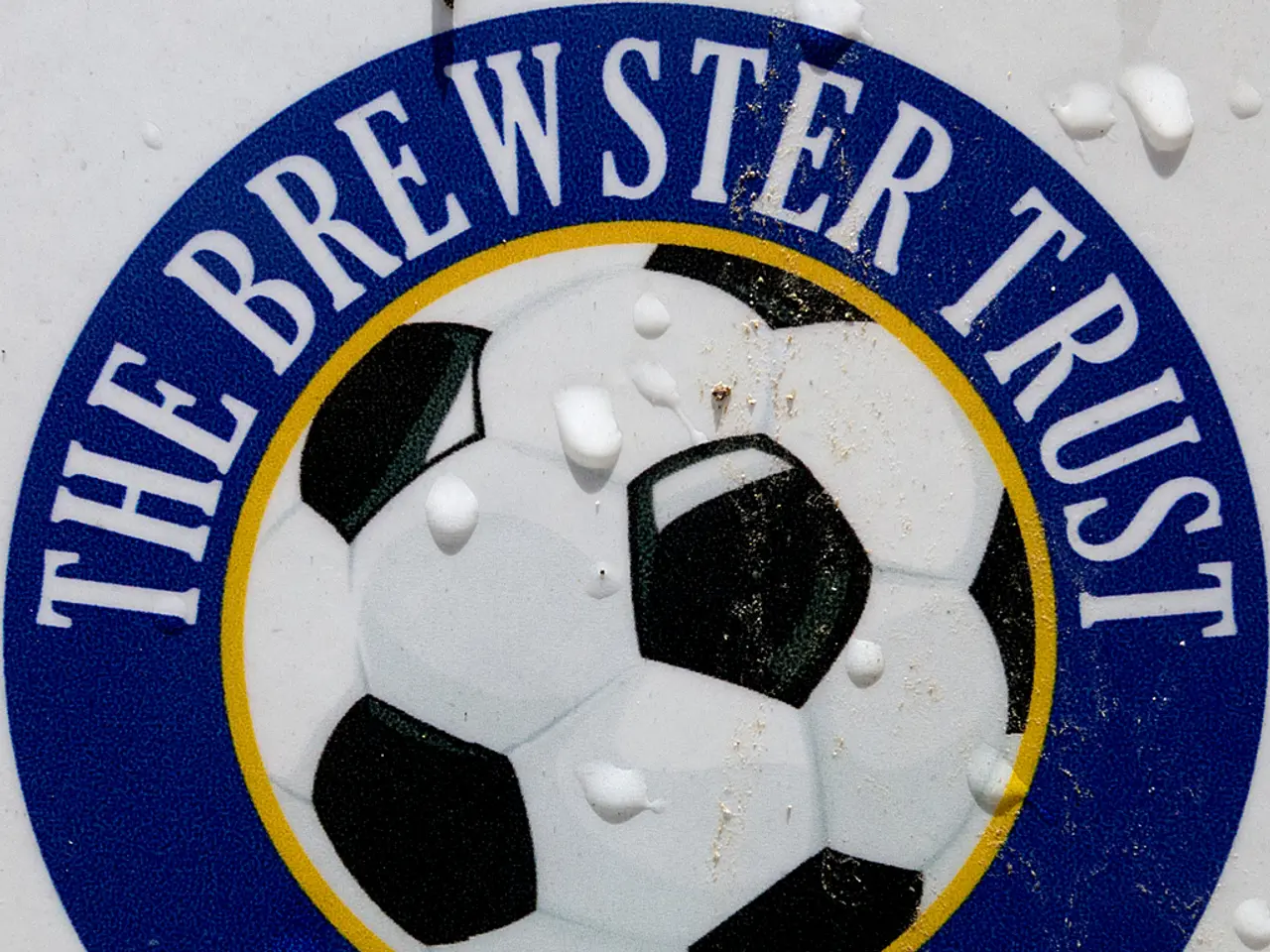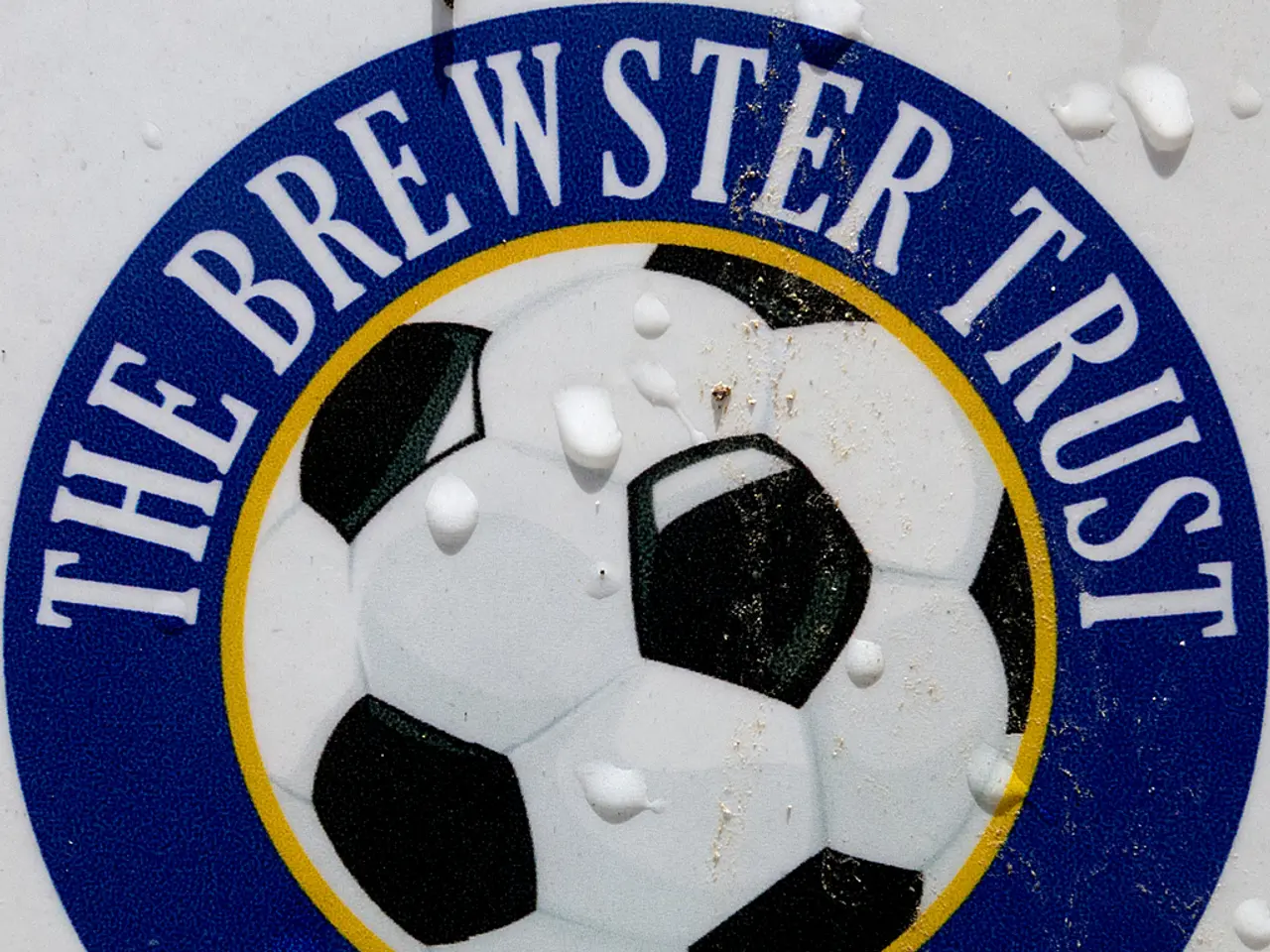A Modern Celebration of Jim Thorpe's Legacy
Debate rages over whether Jim Thorpe was the greatest athlete of all time.
In the annals of American sporting history, the name Jim Thorpe remains a beacon of extraordinary athletic achievement. Over seven decades since his passing, the legendary athlete continues to resonate profoundly among Native Americans, symbolising not just sporting prowess, but also Native American pride and resilience.
Born a citizen of the Sac and Fox Nation and a member of several indigenous nations, Thorpe's life and legacy serve as a testament to his multi-sport greatness. He won two Olympic gold medals in 1912, excelling in various sports such as football, baseball, and the Olympics. His achievements and skills were highly regarded, as evidenced by former President Dwight Eisenhower's statement that Thorpe could do everything that everyone else could and do it better[6][7].
Thorpe's life story transcends sports, intertwining with broader Native experiences, including the challenges of assimilation policies. His time at the Carlisle Indian Industrial School, which sought to erase Native cultures, serves as a poignant reminder of this history[5]. Despite these adversities, Thorpe remained steadfast in his cultural identity, a testament to the resilience of Native Americans.
Today, contemporary efforts aim to honour and retell Thorpe’s story with authenticity and respect. The Center for Native American and Indigenous Research at Northwestern University, under the guidance of Patty Loew—a member of the Bad River Band of Lake Superior Ojibwe—has been instrumental in gathering information about Thorpe[8]. This research has led to new dramatizations and films about his life, supported by his descendants and cultural historians, aiming to restore his full narrative[3][5].
Moreover, events like the Jim Thorpe Area Running Festival celebrate his athletic legacy and maintain his presence in Native and wider American culture[2]. These celebrations underscore Thorpe's enduring impact and his status as a symbol of Native American excellence, historical struggle, and cultural survival.
In the realm of music, Tall Paul, an Anishinaabe and Oneida Hip-Hop artist enrolled on the Leech Lake reservation in Minnesota, has also contributed to the retelling of Thorpe's story. His album, "The Story of Jim Thorpe," is a tribute to Thorpe's life and legacy[1]. Biographer David Maraniss, author of "Path Lit by Lightning: The Life of Jim Thorpe," has also been a key figure in sharing Thorpe's story with the wider world[9].
In conclusion, Jim Thorpe's legacy continues to inspire pride and recognition within Native communities and beyond. His story serves as a powerful testament to the resilience of Native Americans and their ability to overcome adversity, while maintaining a deep connection to their cultural roots. As we continue to celebrate Thorpe's life and achievements, we are reminded of the importance of preserving and celebrating Native American history and culture.
[1] Loew, P. (2021). The Story of Jim Thorpe: A Rapper's Tribute. Northwestern University. [2] Jim Thorpe Area Running Festival. (n.d.). Retrieved from https://www.jimthorpearearunningfestival.com/ [3] The Jim Thorpe Museum. (n.d.). Retrieved from https://jimthorpemuseum.org/ [4] Harjo, S. S. (2014). Jim Thorpe: Native American athlete and activist. Smithsonian Institution. [5] Maraniss, D. (2014). Path Lit by Lightning: The Life of Jim Thorpe. Simon & Schuster. [6] Eisenhower, D. (1912). Statement on Jim Thorpe's athletic abilities. The White House. [7] Loew, P. (2012). Jim Thorpe: The World's Greatest Athlete. University of Nebraska Press. [8] Center for Native American and Indigenous Research. (n.d.). Northwestern University. Retrieved from https://cnair.northwestern.edu/ [9] Maraniss, D. (2014). Path Lit by Lightning: The Life of Jim Thorpe. Simon & Schuster.
Sports continue to celebrate the legacy of Jim Thorpe, as evidenced by the annual Jim Thorpe Area Running Festival honoring his athletic accomplishments. His story, beyond just sports, serves as a poignant reminder of the resilience of Native Americans, their cultural identity, and the challenges they faced during the assimilation era.





